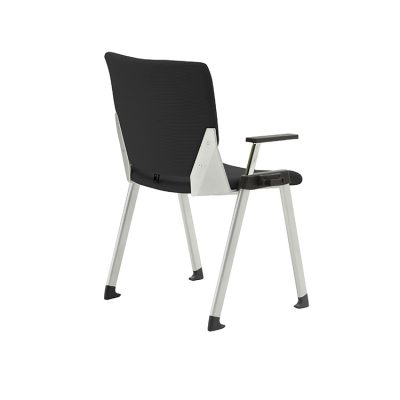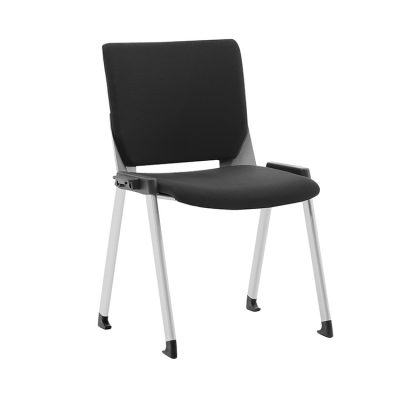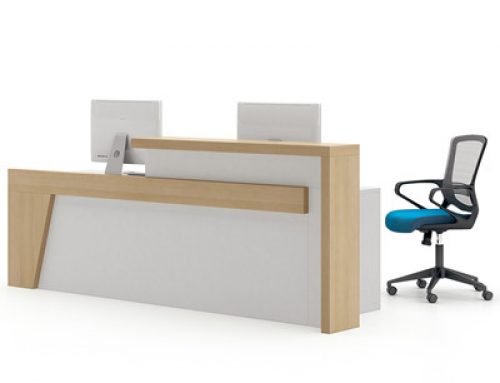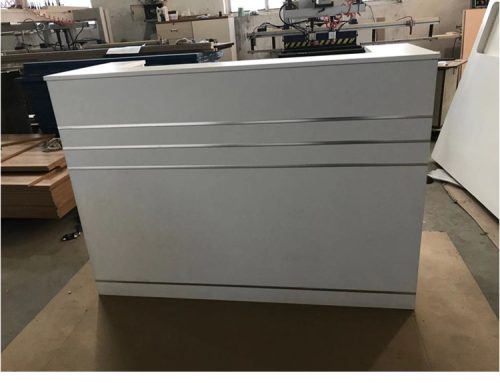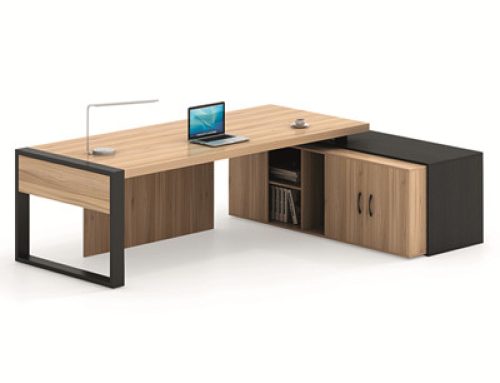Adapting your office chair to movement is an innovative approach that can promote better posture, reduce discomfort, and improve overall well-being during long hours of work. Incorporating movement into your sitting routine can help prevent stiffness and promote circulation. Here are some ways to adapt your office chair for movement:
- Active Sitting Chairs: Consider using active sitting chairs, such as balance ball chairs or wobble stools. These chairs encourage small movements and engage your core muscles as you balance on them.
- Swivel and Rocking Chairs: Opt for a chair that swivels and rocks, allowing you to shift your weight and change positions subtly while working.
- Dynamic Seating Discs: Place a dynamic seating disc or cushion on your chair. These inflatable discs create an unstable surface, encouraging continuous subtle movements that engage your muscles.
- Sit-Stand Chairs: Invest in a sit-stand chair that allows you to switch between sitting and perching positions. These chairs offer a hybrid approach to sitting and standing, promoting movement and varied postures.
- Sit-Stand Desk Stool: If you have a sit-stand desk, consider using a stool designed for perching. This stool lets you lean and shift your weight while still providing support.
- Rocking Base Attachment: Some office chairs can be fitted with rocking base attachments. These attachments allow your chair to gently rock back and forth, promoting a more active sitting experience.
- Footrest with Rolling Balls: Use a footrest with rolling balls or a textured surface. Resting your feet on these surfaces can encourage small foot movements, promoting circulation.
- Regular Micro-Movements: Regardless of your chair type, remember to incorporate regular micro-movements, such as shifting your weight, wiggling your toes, and doing seated stretches.
- Desk Accessories: Consider adding desk accessories like balance boards or foot hammocks. These tools encourage you to subtly move your feet and legs while working.
- Change Positions: Alternate between sitting, perching, and standing throughout your workday. This prevents prolonged static postures and encourages movement.
- Mindful Posture Changes: Pay attention to your posture and adjust it consciously throughout the day. A slight shift in your chair position can alleviate discomfort and promote movement.
- Stretch Breaks: Integrate regular stretching breaks into your routine. Stand up, stretch, and move around to relieve tension and enhance circulation.
Remember that while movement is beneficial, maintaining a balance between movement and maintaining a proper ergonomic setup is crucial. Regularly assess your comfort and well-being while adapting your office chair to movement. Gradually incorporating these techniques can lead to improved comfort, reduced fatigue, and enhanced overall health during your work hours.
